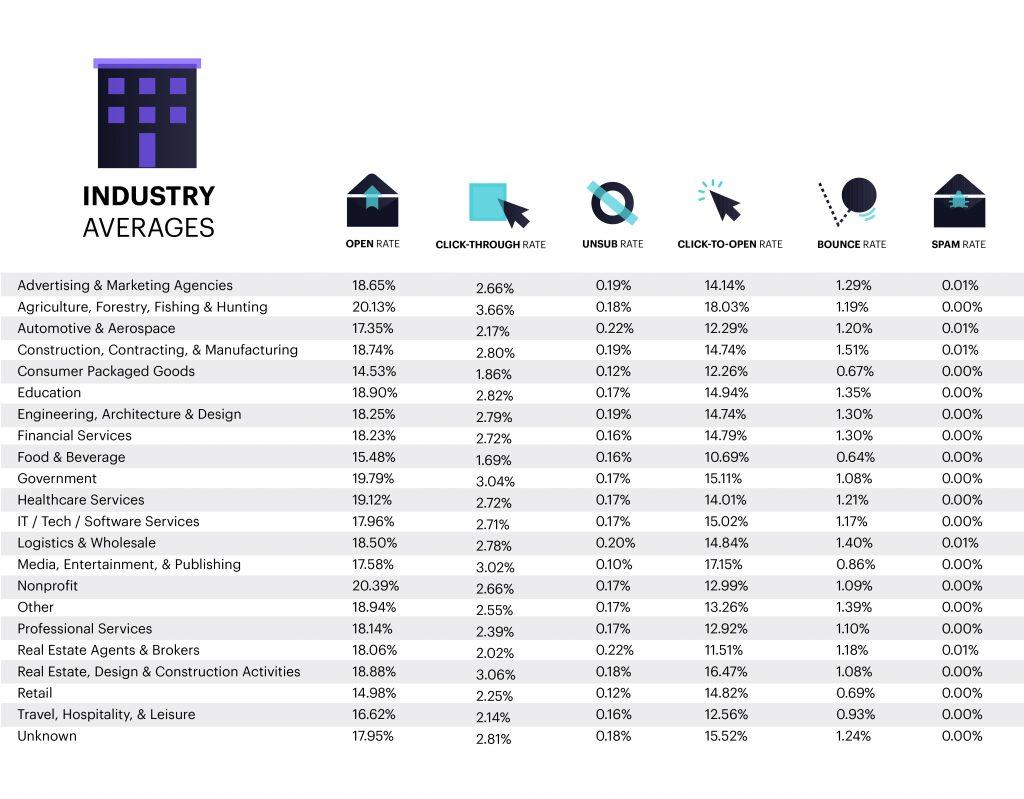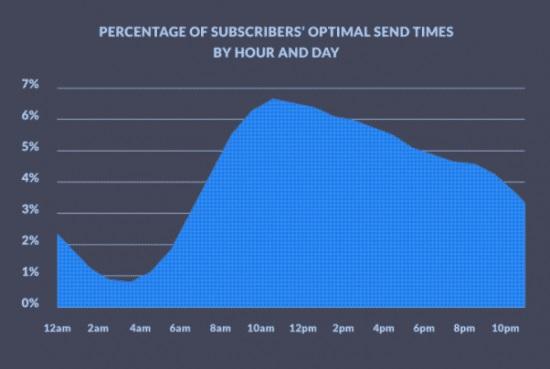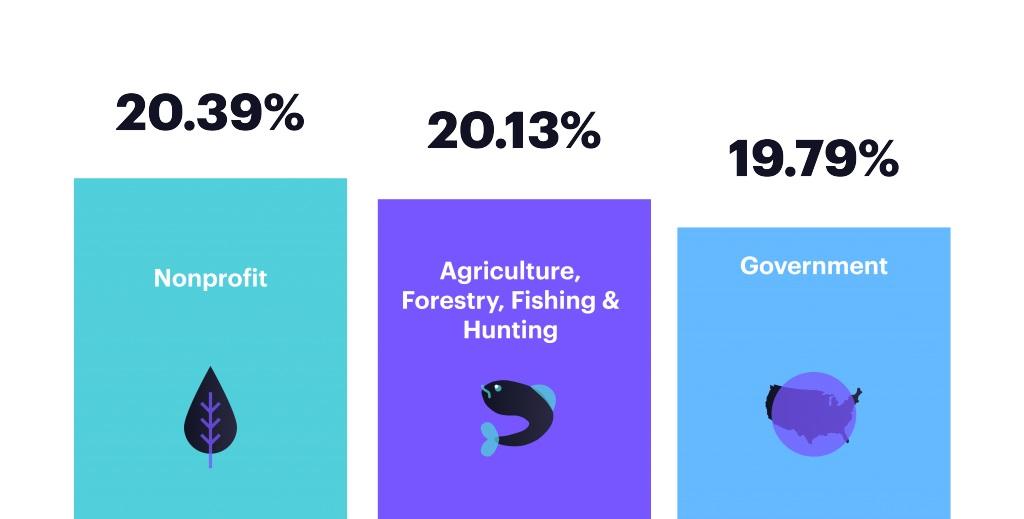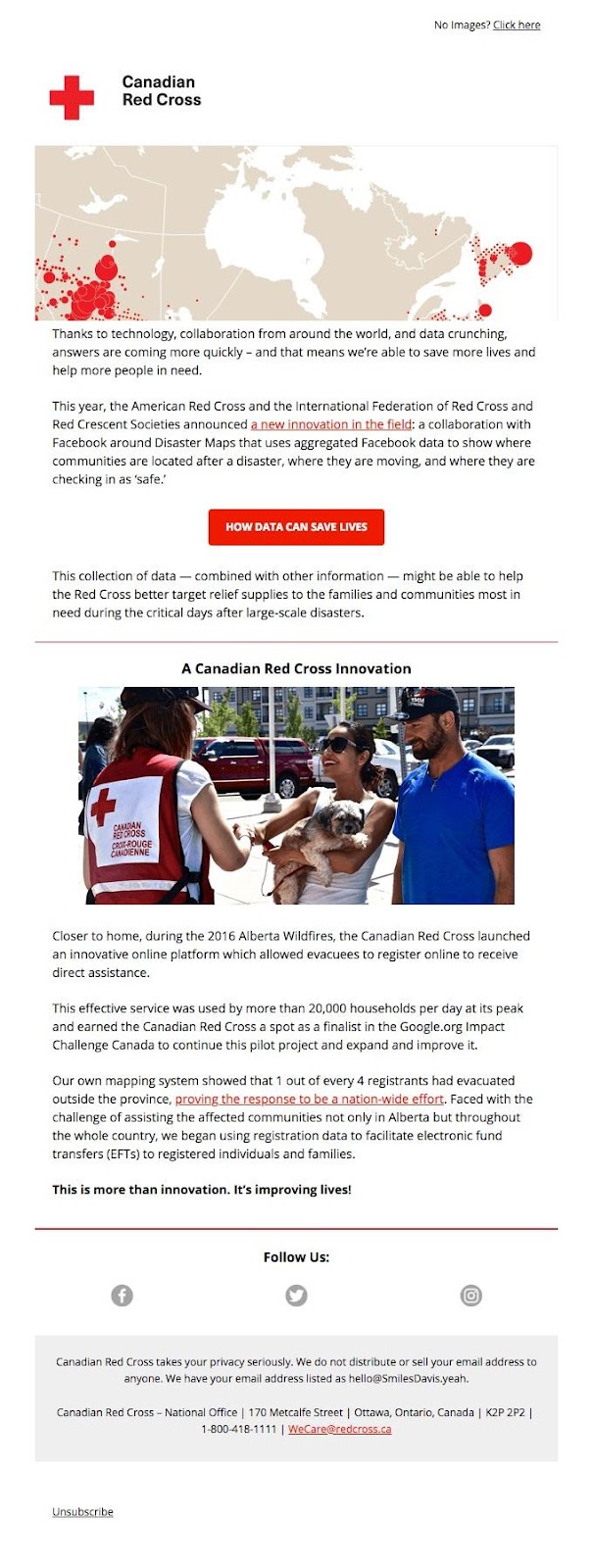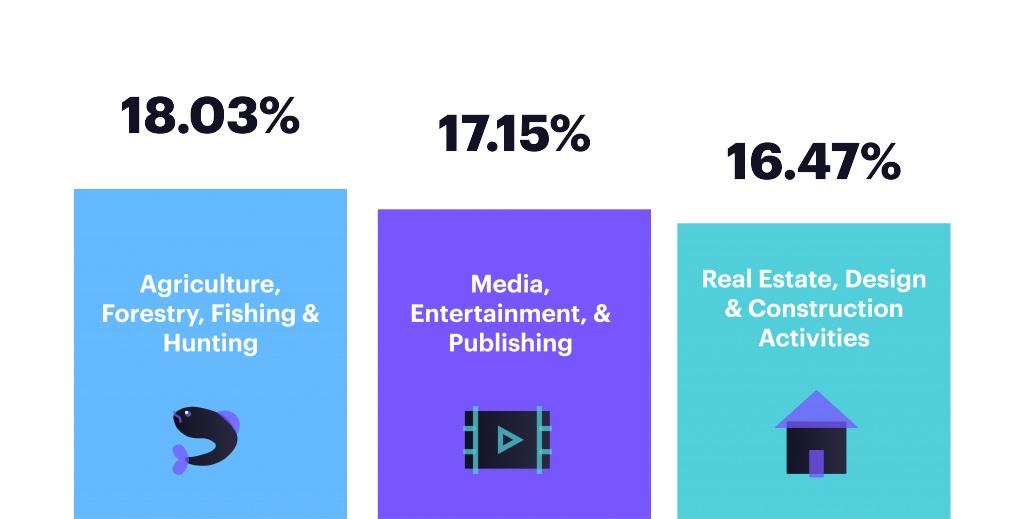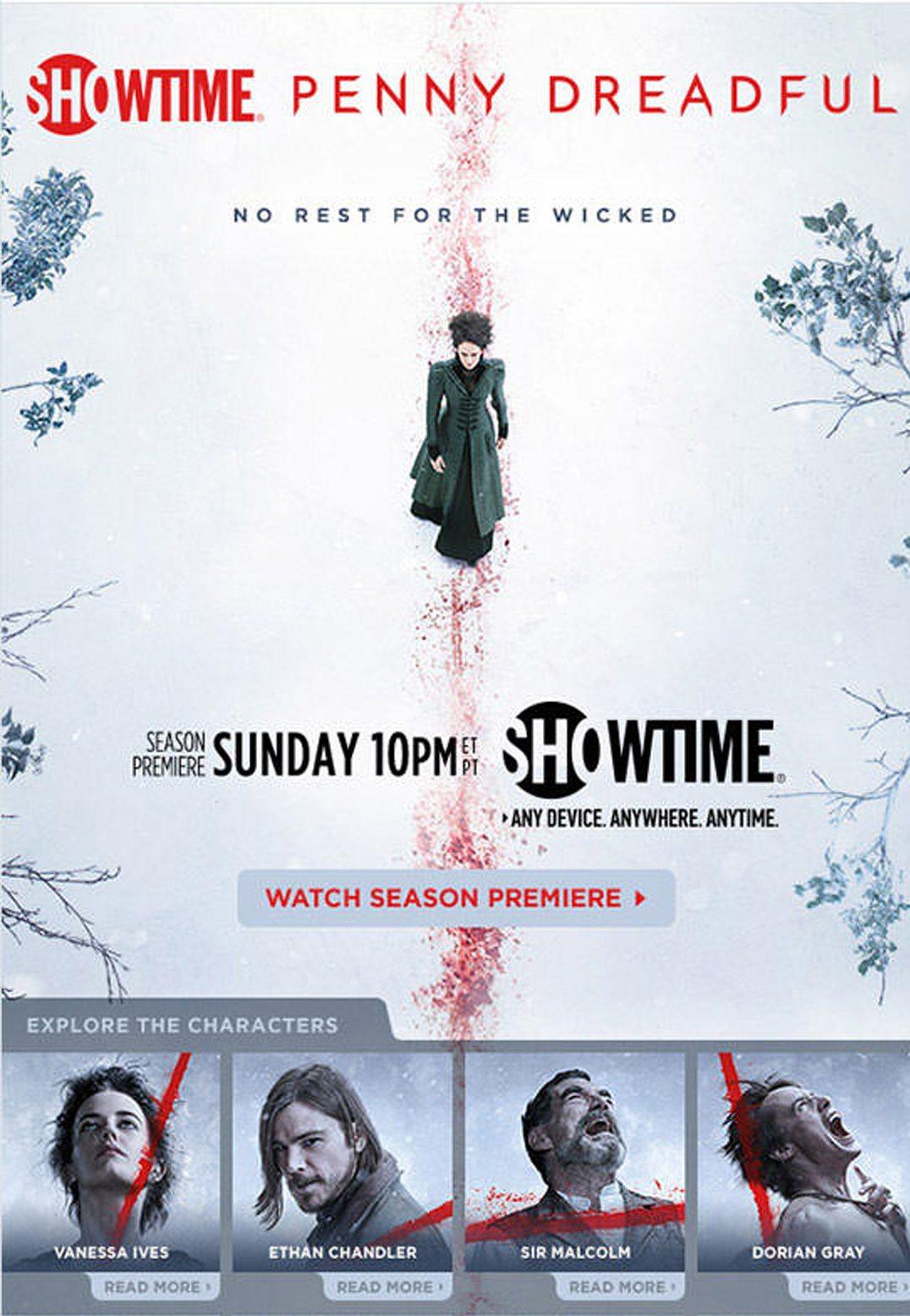When is the best time to send an email campaign and why you should care?
Designing and sending your email marketing campaigns is only a portion of the work. Knowing when to send your marketing emails is just as vital as knowing how to properly design them for your readers. And knowing which days are ideal for sending and what times are the best really does come down to your audience. Meaning that there is no concrete “best” time to send an email campaign. However, research has shown rather promising information to help guide marketing teams.
Does send time really matter to an email campaign?
Believe it or not, send time really does matter when it comes to planning and executing your email campaigns. Why? Because sending your email campaigns at the wrong time can have a serious effect on your KPIs, including overall open rate, engagement rate, and click-throughs.
The entire point of creating your campaigns is to first have them seen, so knowing when to send, or at least having a ballpark estimate is absolutely crucial. With that being said, there are several ways to determine when the best time to send an email campaign is for your brand.
The best way to do this—A/B testing.
A/B Testing can help you determine the best time to send an email campaign.
While there are guides out there that can tell you the best time to send an email campaign, it still may vary depending on your brand’s audience and your industry. The best way to determine the best send day and time for your marketing materials is to do a little bit of A/B testing.
A/B testing allows marketers to send small samples of emails to two different test groups to determine which gets the best results. Once you’ve got your campaign ready to go, you’ll want to take the time to send a few at different times and dates to see which ones perform better. It will help guide you toward determining what works best for your readers.
To determine the best time to send an email campaign, you’ll want to carefully monitor a few key performance indicators (KPIs). These KPIs will tell you what works with your readers and what doesn’t.
Open rate
An email open rate is the total percentage of subscribers that took the time to click and open your email campaign. The following formula can help you find this percentage:
Open rate=(emails opened ÷ emails delivered) × 100
Click-through rate (CTR)
An email click-through rate is the rate of how many people clicked on a given call-to-action, hyperlink image or video within a particular email. The following formula can help you find this percentage:
CTR=(unique clicks ÷ emails delivered) × 100
Unsubscribe rate
An email’s unsubscribe rate is the percentage of subscribers that choose to opt-out of receiving any further emails. An email’s unsubscribe rate can be found using the following formula:
Unsubscribe rate=total # of unsubscribes ÷ emails delivered) × 100
Click-to-open rate (CTOR)
While this may sound like your open rate, it is very different. The click-to-open rate is the comparison of unique clicks and unique opens. The number generally indicates just how effective the email message performed amongst your readers and helps to determine if it created a significant level of interest to entice a reader to click-through to learn more. The formula to find this percentage is:
CTOR=(# of unique clicks ÷ # of unique opens) × 100
Bounce rate
The bounce rate is known as the percentage of emails that are returned due to a delivery failure. It can be the result of either a hard bounce or a soft bounce.
-
Hard bounce – this is an email that has failed to be delivered for reasons such as an invalid address.
-
Soft bounce – this is an email that has failed to be delivered for reasons such as a full inbox or a file being too large.
To find your bounce rate, you can use the following formula:
Bounce rate=(total # of bounced emails ÷ total # of sent emails) × 100
Spam rate
The spam rate is the percentage of emails that have been marketed as “spam” or otherwise unsolicited. These messages can be marked as spam by not only the receiver but by an email client. To calculate your spam rate, you can use the following formula:
Spam rate=(spam rates received ÷ emails delivered) × 100
How you can determine the best time to send an email campaign with these KPIs?
Once you’ve gotten your averages, the next step in determining the best time to send an email campaign is to compare our numbers to your industry averages. Each industry has a unique set of benchmark averages, so it’s crucial to compare yours to the industry that best fits yours.
Our friends at Campaign Monitor did some research of their own and shared their results, as far as what the averages are across multiple industries.
Source: Campaign Monitor
Once you know how your numbers stack up against those of your industry, you can start comparing your results after sending your campaigns on certain days and at specific times. Once you’ve tested a few variations, you’ll be able to see which days and times garner the better numbers, and that’s how you can begin to determine the best days and times to send for your specific brand.
When should you send your email campaigns?
If you aren’t looking to do the detailed work of finding the best time to send an email campaign for your brand, you are in luck. Research has been shown that there are better days to send campaigns, and, depending on what KPI you’re choosing to measure the success of your campaign, the days can vary.
Source: Campaign Monitor
The best days for sending an email campaign.
Based on the research from our friends at Campaign Monitor, the best days for sending an email campaign varies on the KPI you are using to measure overall success. With that being said, they found that the best day for highest email open rates to be Thursdays, while the best day for lowest unsubscribes and bounce rates to be Monday.
The worst days for sending an email campaign.
As with the best days for sending an email campaign, determining the worst days all comes down to which KPI you use to determine success or failure. Based on Campaign Monitor’s research, the worst days for email opens, and click-through rates were Sunday, while the highest bounce rate was Fridays.
The best times of day for sending an email campaign.
Again, determining the best time of day for sending an email campaign can and will vary by brand and their industry. Additional research showed that the best time of day to send out your email campaigns was late morning, between 10 a.m. and noon.
Source: Smart Insights
Picking the right KPI to compare.
When it comes to picking the right KPIs to compare to industry standards for determining the best send time for email campaigns, the top two that are generally used include the email open rate and email click-to-open rate. This is because these two KPIs typically indicate the overall success of an email campaign. Remember, the goal of an email campaign is to have the reader open and click-through the email to complete an action.
When it came to industries with the best open rate, nonprofits and agriculture/forestry/fishing & hunting took the top two spots with Government emails coming in at a close third.
Source: Campaign Monitor
Nonprofit emails, for example, perform well when it comes to average open rates because they have actionable subject lines, compelling text to pull at the reader’s emotions and actionable calls to action that make the reader want to participate.
Sending an email like this on a Saturday night at 11:30 p.m. definitely won’t help your open rates.
Source: Really Good Emails
When looking at the top industries by click-to-open rate, agriculture/forestry/fishing & hunting came in on top followed closely by media/entertainment/publishing in second and Real estate/design/construction activities at third.
Source: Campaign Monitor
Emails for media and entertainment have to know their ideal send time because they are often time sensitive. Take the movie industry, when a theater knows a major motion picture is on its way, they want to begin promoting it promptly, the same for popular tv channels with big season premieres.
Take this example from Showtime and their promotion of the show Penny Dreadful. The show is set to premiere on a given Sunday at 10 p.m., so if they started sending out messages on Friday at 8 p.m., the email message could easily be missed over thanks to the weekend, and the user stands a higher chance of missing out on the season premiere.
Source: Campaign Monitor
Wrap up
Knowing the best time to send an email campaign is critical for every brand. What’s more, it’s even more important to understand what the best days and times are for your given industry and your individual brand. The most efficient way for you to determine this is to test a campaign with your audience through A/B testing. This way, you can gather information on KPIs that can better guide your decision. KPIs to monitor include:
-
Open rate
-
Click-through rate
-
Click-to-open rate
-
Unsubscribe rate
-
Spam rate
Once you have these numbers recorded, compare them to your industry’s averages so you can see what is considered successful and what isn’t. Then, you can test different times and days to see which provide you with the success you desire.
While the open and click-to-open rates are essential to determining your best times to send an email campaign, knowing your click-through rate benchmarks are just as crucial. So, check out these 5 click-through rate benchmarks that you need to know to help improve your campaigns even more.
MOST RECENT ARTICLES
Want to engage your audience and grow your brand? Try Emma's robust easy-to-use product today.

